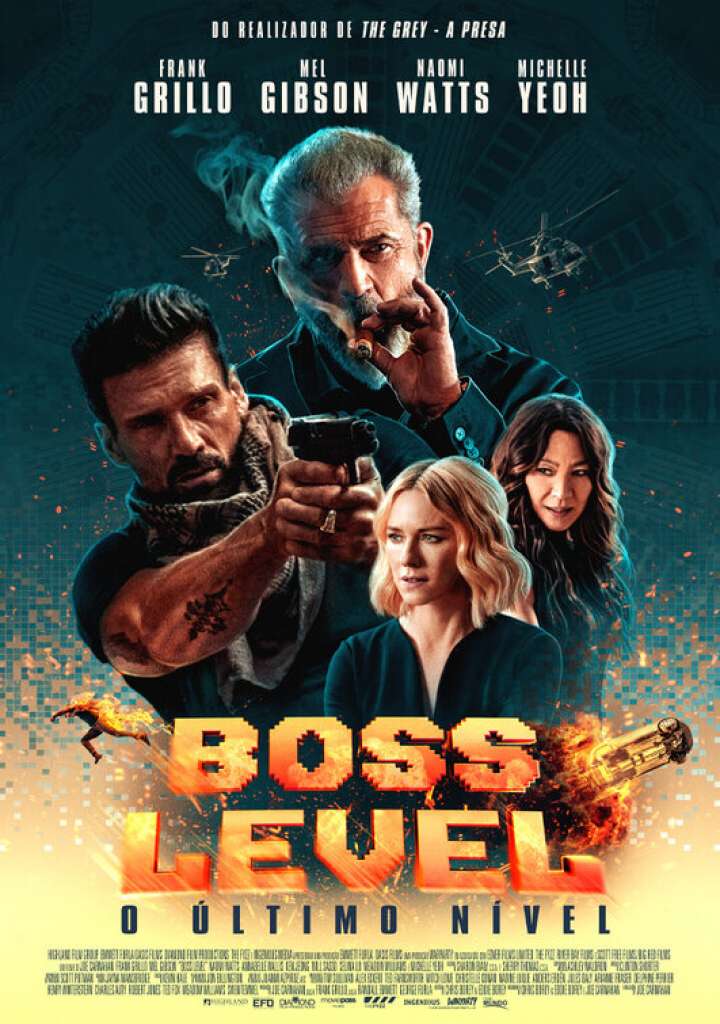

“Mascots are the most beloved member of the team.”įrom Big Red to Scottsdale Community College’s eccentric mascot, Artie the Artichoke, that usually rings true. It’s that feeling of home,” Bartlett said. “Fans go to the games when they’re young and share those same experiences with their kids and grandkids. And he doesn't even have to be wearing the suit.”īrandon and Bonnie Cunningham recalled that when they moved to Goodyear from Georgia last year, their six-year-old daughter was most excited about a chance to meet Big Red.

“You want to see a kid really come out of his shell? Have a major mascot spend even two minutes with a child having a rough time. “The mascot even lived in our apartment complex and befriended my son,” Demarest recalled. She and her family moved into the Phoenix apartment complex where Big Red’s then-performer lived. That's a lesson Samantha Demarest learned when she relocated to Arizona from Washington in 2005 - the same year Big Red got his big makeover. That’s one of the things that makes the mascot beloved - it’s somebody who can always be there.” “Very rarely do they ever retire a mascot. “Players come and go all the time, but the mascot is the only consistent part of the team,” Bartlett told Phoenix New Times. It was that cheeky irreverence that impelled Big Red to early mascot fame, according to Jerome Bartlett, the San Antonio-based “Mascot Guru.” Bartlett has spent his career working with mascots for the San Antonio Spurs, Houston Astros, Harlem Globetrotters, and countless minor league organizations. “I have also fended off many a crazy fan that goes out of their way to wrap their hands around my neck as if choking me has anything to do with what's going on on the field.” “I've spent many postgame hours prone whilst those who assist me try to nurse me back to health by turning me into the Dasani water dispenser, tipping that five-gallon jug right into my mouth after tossing in a couple Tylenol.” At times I would fly out to tailgate with our hardcore fans and I think some of them were ready to pull out my feathers and take a bite.” “You see, Sun Devil stadium was like an oven not just preheated to 125 degrees, but one that had accidentally been set to self-clean mode. Here are a few more highlights from Big Red’s own autobiography, circa 2009: At 8 years old, he took the stage with the Black Eyed Peas before the Cardinals' first-ever contest at Glendale's State Farm Stadium. “But what a mascot it has been for the last two decades.”īig Red “hatched” on October 4, 1998, according to an archived biography from NFL.com. “Despite being one of the NFL’s oldest franchises, the Arizona Cardinals only adopted an official mascot in 1998,” the company wrote in a December 2020 blog post.

and the now-defunct Paramount Parks, tapped Big Red as the best mascot in the league. It wasn't all that long ago that Toronto-based Hogtown Mascots, the company that has manufactured mascots for The Walt Disney Co. In the recent survey, Las Vegas-based sports betting clearinghouse SportsHandle polled 1,000 NFL fans and concluded that our very own crested cheerleader is the fifth-most popular mascot in the league, and the fourth-most intimidating. In 2016, The Arizona Republic posited, “It appears fans beyond the desert are smitten with the team, too.” The overhaul made him meaner and, the media outlet quipped, propelled him to a Super Bowl appearance in 2009.Īfter the facelift, Big Red became the boss bird - and a fan favorite. In 2005, “the once-hapless Arizona Cardinals tweaked the bird,” The Wall Street Journal recalled. 5 overall, according to a new nationwide survey.īut this scarlet songbird wasn’t always so in vogue. As the Arizona Cardinals set their teeth, ahem, beaks, for their season home opener against the Kansas City Chiefs on Sunday, team mascot Big Red is already celebrating a win.īig Red ranked as one of the best mascots in the NFL, coming in at No.


 0 kommentar(er)
0 kommentar(er)
